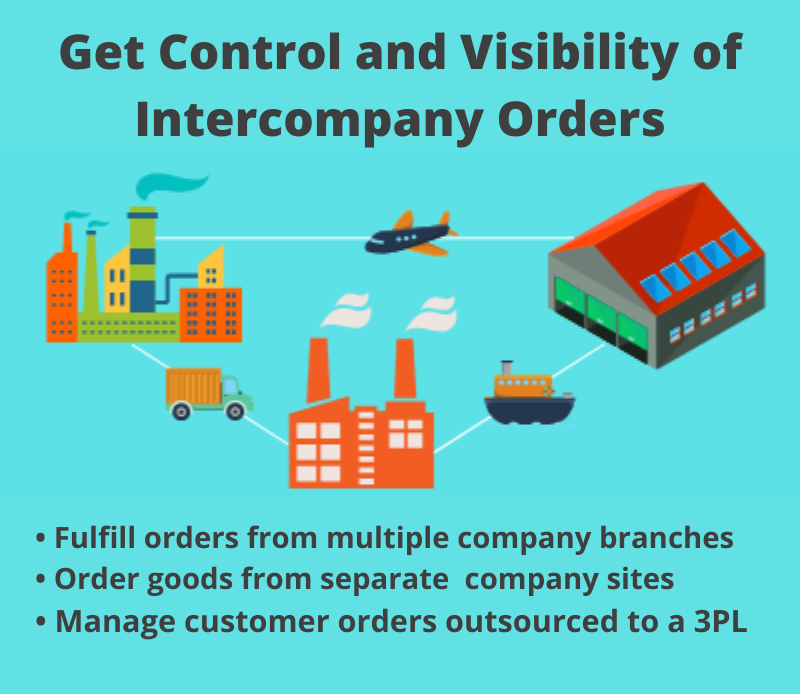 by Olena Stepovyk
by Olena Stepovyk
Accurate cost rollups are essential for any manufacturer to maintain financial health and competitive pricing. Yet, achieving precision in cost rollups is often fraught with challenges that can undermine the effectiveness of your cost management strategy. Understanding these challenges is crucial if you want to optimize your cost rollup processes and ensure the accuracy of your product pricing.
Understanding Cost Rollups
Cost rollups involve aggregating various cost elements—such as raw materials, labor, and overhead—into a comprehensive cost structure for a finished product. This process allows you to see how individual costs contribute to the overall cost of production. It is a critical process for setting accurate pricing, managing budgets, and evaluating profitability.
Common Challenges in Accurate Cost Rollups
Data Complexity and Integration
One of the primary challenges in cost rollups is managing the complexity and integration of data from various sources. Manufacturers often deal with many cost components, including material costs, labor rates, overheads, and other indirect expenses. Integrating these data sources into a cohesive cost rollup can be cumbersome, especially when data is stored in different systems or formats.
Dynamic Costs and Fluctuations
Cost rollups must account for fluctuations in purchasing costs, labor rates, and other variable expenses. These costs can change frequently due to market conditions, supplier price changes, or shifts in labor rates. It is a significant challenge to keep up with these changes and promptly reflect them in the cost rollups. Delays can result in outdated or inaccurate cost rollups, affecting pricing decisions and financial reporting.
Inaccurate Standard Costs
Standard costs are used as benchmarks for pricing and cost control. However, setting and maintaining accurate standard costs can be challenging. If your standard costs are based on outdated or incorrect assumptions, they can lead to inaccurate cost rollups. Regularly reviewing and updating standard costs to reflect actual conditions is necessary but can be labor-intensive and prone to error.
Complexity in Cost Allocation
Cost allocation involves assigning indirect costs (such as utilities, rent, and administrative expenses) to different products or cost centers. This process can be complex, especially in environments with multiple products, production lines, or departments. Incorrect allocation methods can distort cost rollups, misrepresenting product profitability and cost structures.
Managing New Part Numbers
With the introduction of new part numbers and products, assigning accurate costs and integrating them into existing cost rollups can be difficult. Each new part number may require a detailed analysis of material costs, labor, and overheads, which can be time-consuming. Additionally, failing to properly update cost rollups with new part numbers can result in inaccuracies and inconsistencies in cost reporting.
Human Error and Manual Processes
Many cost rollup processes still involve significant manual input, increasing human error risk. Manual data entry, calculations, and adjustments can lead to mistakes that affect the accuracy of cost rollups. Implementing automated systems and tools can help reduce these errors.
Accurate cost rollups are fundamental to effective cost management and financial planning in manufacturing. While the challenges with achieving precision in cost rollups are significant, understanding and addressing them leads to more reliable cost data, better pricing decisions, and improved overall profitability.
Our new Cost Rollup Data Loader empowers QAD users to be accurate, efficient, and proactive with cost assessment for the products they manufacture. Watch this webinar to find out more.




